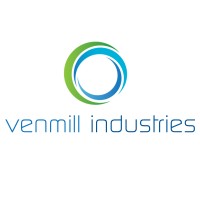
VenMill Industries Inc.
VenMill Industries, Inc. is a leading global developer and manufacturer of disc repair and maintenance products that enable people and businesses to save, protect, profit from and enjoy their digital optical media collections. Our world-class portfolio of products reaches customers through a powerful global distribution network. Founded in 2002 in Webster, Massachusetts, VenMill has grown into a strong corporate and manufacturing facility located currently in Oxford, Massachusetts. The company is privately held and has a fantastic team of experienced board-of-directors and senior management that bring a sea of knowledge and expertise to VenMill, creating a well-positioned and diversified company. VenMill maintains an exceptionally strong commitment to research, for it is within the discipline of research that yesterday’s fiction becomes tomorrow’s reality. We strive to identify things which, when made better, improve people’s lives. Due to a wealth of experience in research, product development and manufacturing expertise, the list of innovations continues to grow for VenMill. But it’s more than just our product development and research that sets us apart; we aim for excellence in everything we do. Our pride is in our committed employees who work and maintain exceptional business operations. VenMill has the top-rated customer and technical support in the industry. We truly believe that good enough is merely a starting point, and it is by that guiding principle that we continually strive to make a difference through our performance and future innovative technologies.






